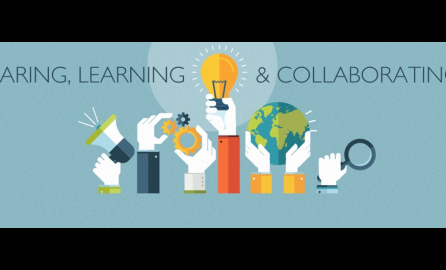2.4.7. Strengthening IE with attention to people affected by HIV
Indicators: a) GP and LL on strengthening livelihoods of people affected by HIV in IE identified.
b) Challenges on people affected by HIV in IE identified and possible means to overcome challenges identified and analysed.
Data Analysis Methods: Identification of GP and LL on the IE with attention to people affected by HIV; Analysis of GP and LL to determine adaptability and scalability; Identification of challenges identified during promotion and implementation and determine if/how these were overcome.
RECOMMENDATIONS:
1) Create a secure and accessible environment that enables supports vulnerable groups, such as those affected by HIV, to come forward and participate in the project. Mainstream HIV/AIDS awareness in projects with people dependent on the IE.
____________________
2) Consider in project design that organising informal enterprises into associations and cooperatives, helps to provide channels to effectively and efficiently channel resources and messages on HIV. Include SBCC on HIV in projects with people dependent on the IE.
____________________
3) Reduce the burden of HIV on agricultural households across Africa, by running a 4-points strategy that UNAIDS proposed:
- Indirect programs, such as training, credit, and access to seeds for rural families need to have special measures to benefit AIDS-affected families since they are often less able to take advantage of these services.
- Promote income-generating activities that are low in input and labour use, close to home, and with a quick cash turnaround (examples include bee-keeping, mushroom cultivation, seed gardens, and poultry).
- Help transition from labour intensive crops such as sugarcane or tea to less labour intensive crops like sweet potatoes.
- Where relevant, help the adoption of labour saving technologies for domestic tasks, particularly water fetching, firewood collection, and food preparation. In places with very high incidence, where HIV/AIDS may even depress local demand for goods and services (and thus for labour), then do not focus on labour-saving technologies and focus instead on cash transfers to promote employment.
____________________
4) Be aware that experience has shown that poverty reduction programmes/projects can also contribute to reduced HIV incidence in women. Stimulate attention to HIV prevention in lE programming/projects and link to HIV response actions.
____________________
5) Ensure that people living with or affected[1] by HIV are also included in training groups wherever relevant and support them with the same types of assistance.
____________________
6) Launch innovative proposals to improve HIV awareness, prevention and mitigation, linking it to training programmes for people dependent on the IE.
____________________
7) Engage people affected by HIV in non-farm rural activities, whose financial contribution is minimal but extremely important for the whole community at the same time.
SOURCE: RNSF research - Volume 4.2
[1] The term “people affected by HIV” denotes individuals who are living with or must care for a person living with HIV.
